Volunteer Work Camp
Work camp is a kind of volunteer activity which has the elements of “work” and “camp” as the name shows. During a work camp, volunteers from different backgrounds live in an area with social problem for a certain period of time (camp) and implement a labor to improve the condition of the area according to the needs there (work).
The founder of work camp is Pierre Ceresole, a Swiss conscientious objector to military service. He organized the first work camp in 1920 in Verdun, France, which the German military completely destroyed during the World War I. In the work camp, the volunteers from European countries including German built houses there with the faith that the labor without compensation promotes the motivation for the reconciliation. That means, work camp is not only to build infrastructure to improve living condition, but also to build understanding and respect among people.
After Ceresole’s first work camp, the concept and form of the activity spread to the other areas and countries, and Japanese and Korean volunteers held work camp in a leprosy affected village in China in 2001.


Leprosy
Leprosy is chronic infections disease caused by mycobacterium leprae. Because its infectious power is weak, and 90% of the population has natural immunity to the bacterium, healthy adults do not get the disease. If you are infant with incomplete immunity system living under poor sanitary and nutrition and get close contact with untreated patients for long time, then you would be infected with the bacterium. Even if you carry the bacterium, you would not show the symptom of the disease -the incubation period is from few days to decades, even some carriers do not show the symptoms for their whole life. In 1980s, the early detection and treatment with MDT, Multi-Drug Therapy, recommended by WHO, made the disease curable without any aftereffects like deformities, senseless, etc. on the patients’ body.
However, in the past time, there was no effective treatment for leprosy, so the bacterium affected skin and nerve of the patients, causing deformities and senseless. The deformities and senseless won’t be recovered naturally because it is the damage on the skin, nerve, muscle, and bone even after their disease gets cured, that means, no bacterium in their body. Therefore, the disease seems incurable in the eyes of the people who do not have scientific knowledge on leprosy. People put stigma on the patients / recovered people and afraid as the source of the “strong” infectious disease. There is also a contradicting stigma that the disease is “a genetic disease”, so the family members of the people affected by leprosy also get discrimination, e.g., for their marriage, etc.
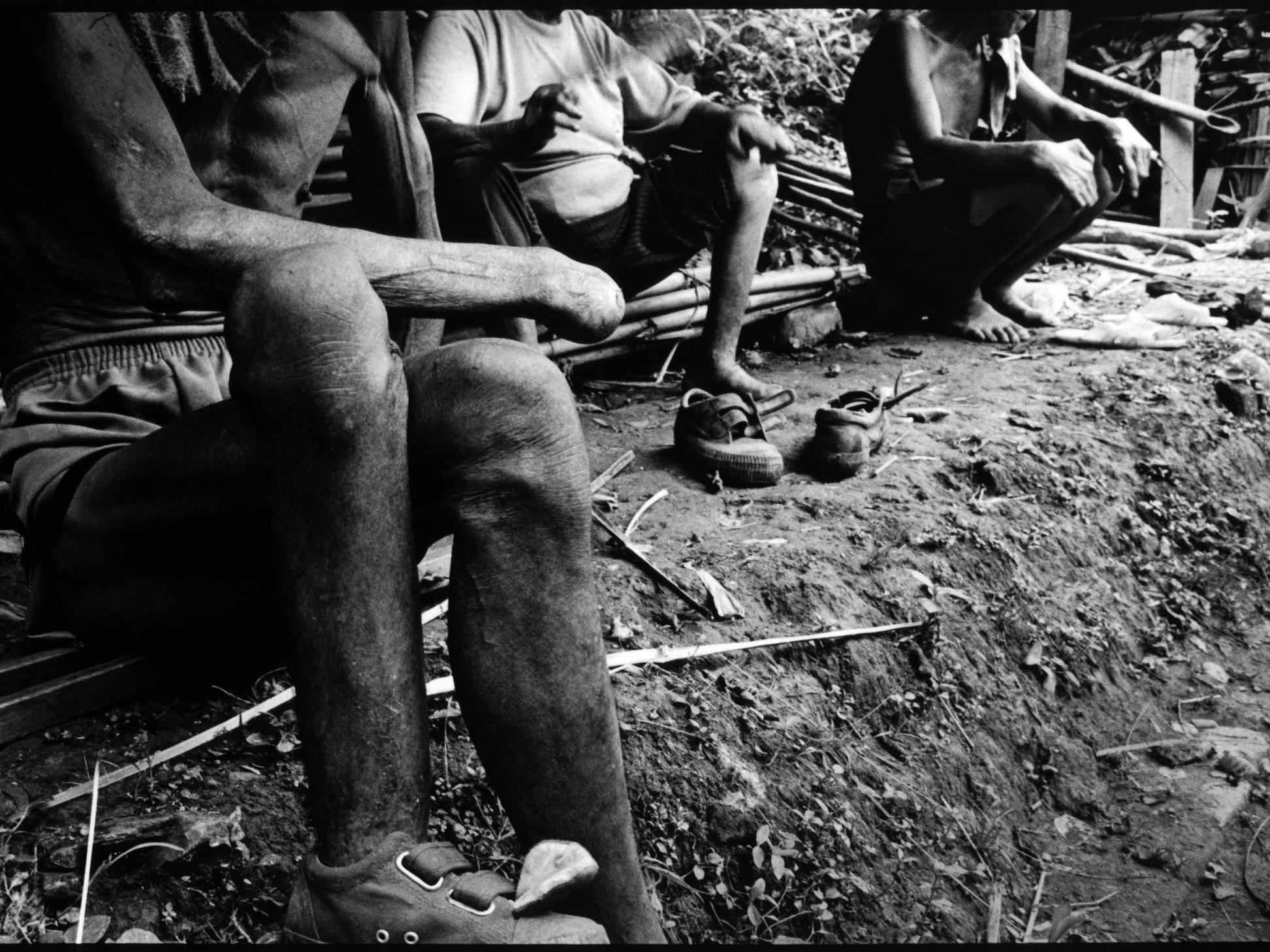
©Kosuke Okahara
Leprosy affected village
In China, the policy for the prevention and control of the leprosy started in 1957, and the government implemented national surveys for the cases of the leprosy mainly for 3 times. As the result of the surveys, about 500,000 patients were detected and isolated to more than 800 hospitals for leprosy, built by the government in remote mountain area and islands.
In 1980s, as MDT was prevented in China, the government ended the isolation policy and changed it into the secret treatment at home. Accordingly, the isolation hospitals for leprosy lost the medical function to treat leprosy. As the result, in most of the hospitals, there only remained residential area of the people affected by leprosy and simple pharmacy. Now, those who have no home or are not accepted by family members because of the stigma against leprosy are still living in the residential area. It is more like a village but only old people with physical disability, the aftereffects of the leprosy, are living there.
The living condition of the villages affected by leprosy in the beginning of 2000s was severe: the housing was old, some of them did not have toilet, kitchen, shower room, even no water supply and electricity. There are governmental doctors and nurses but they seldom visited the villages -if villagers got serious disease, they usually did not have any choices except waiting for death. For most of the villagers, the only income was governmental subsidy RMB 120-250 / person / month.
In the beginning of 2000s, the government officially announced that there are 625 villages affected by leprosy, and about 20,000 people living there in China. Now there is no official statement but there seems still remain about 500 villages with less than 10,000 people living there.

©Kosuke Okahara
What work camp brings to leprosy affected villages
[Improving living condition]:
The volunteers “work” to build housing, toilet, kitchen, shower room, setup water supply, pave road, etc. with the villagers as the needs of the village. If necessary, the volunteers hire one or two engineers to guide the volunteers how to build.
[Building personal relationship with trust]:
While volunteers and villagers living and working together, both sides gradually understand each other individually and come to know the name, personality, story, thoughts, etc. each other. Then the categorized image like “leprosy affected people”, “volunteers”, “Chinese”, “Japanese”, etc. gradually becomes personal relationship like “you” and “I”. Work camp helps people to overcome the relationship of the large abstraction and focus on the individual and to regard the abstract social problem like the stigma against leprosy that has no relationship with themselves as the concrete problem that “you” are facing and “I” want to solve.
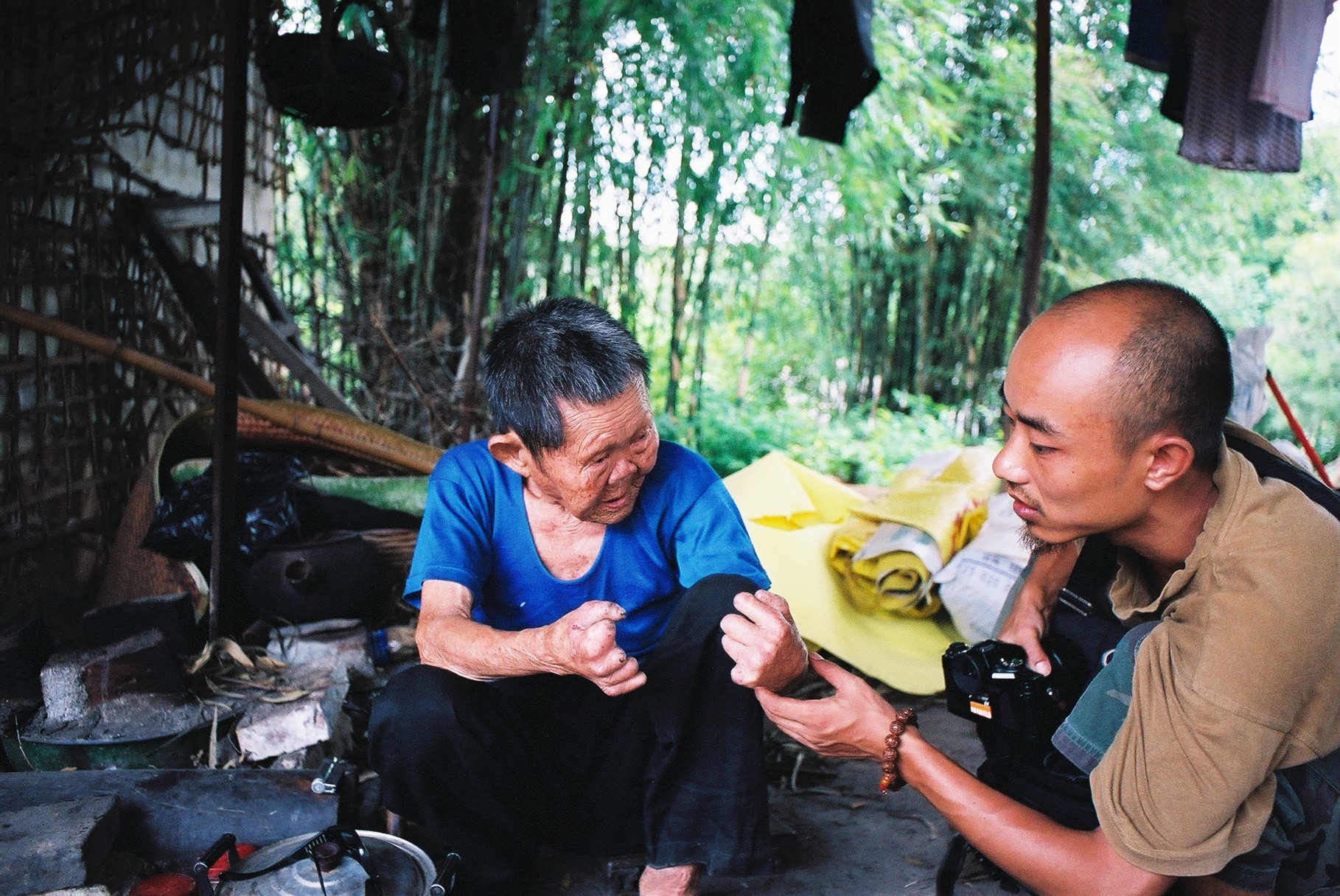
©Ryosuke Yoshida
[Reducing stigma against leprosy]:
During the work camp, people in the surrounding community of the village affected by leprosy curiously visit the village to see the volunteers – “rare foreigners” and “elite university students” – and find they live and work together with the villagers; the volunteers go to market with the villagers to buy big amount of foods, commodities, etc. for their “camp” life, and the action itself reduces the stigma against leprosy drastically.
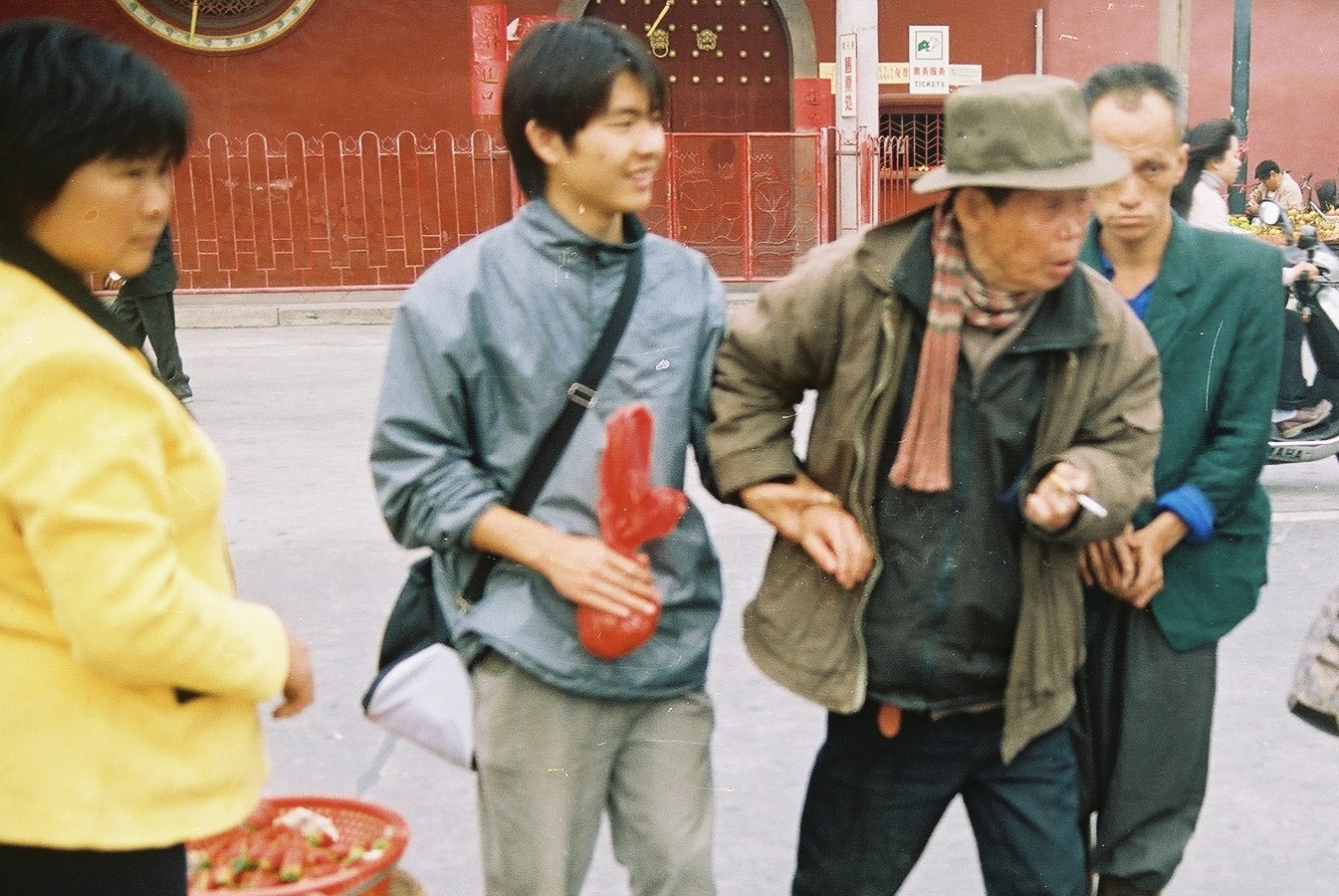
[Supporting economical condition]:
As the work camp gets famous in the community, local charity, corporation, etc. begin to support village, bringing foods, commodities, money, etc.
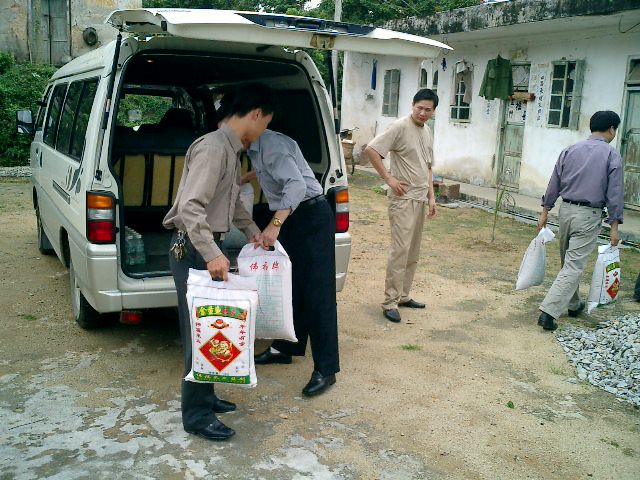
[Improving medical condition]:
Local hospitals also begin to accept the villagers to see the doctors; the local government improves medical bill of the villagers, let governmental doctors and nurses visit villagers, and let the villages get medical insurance and nursing care.
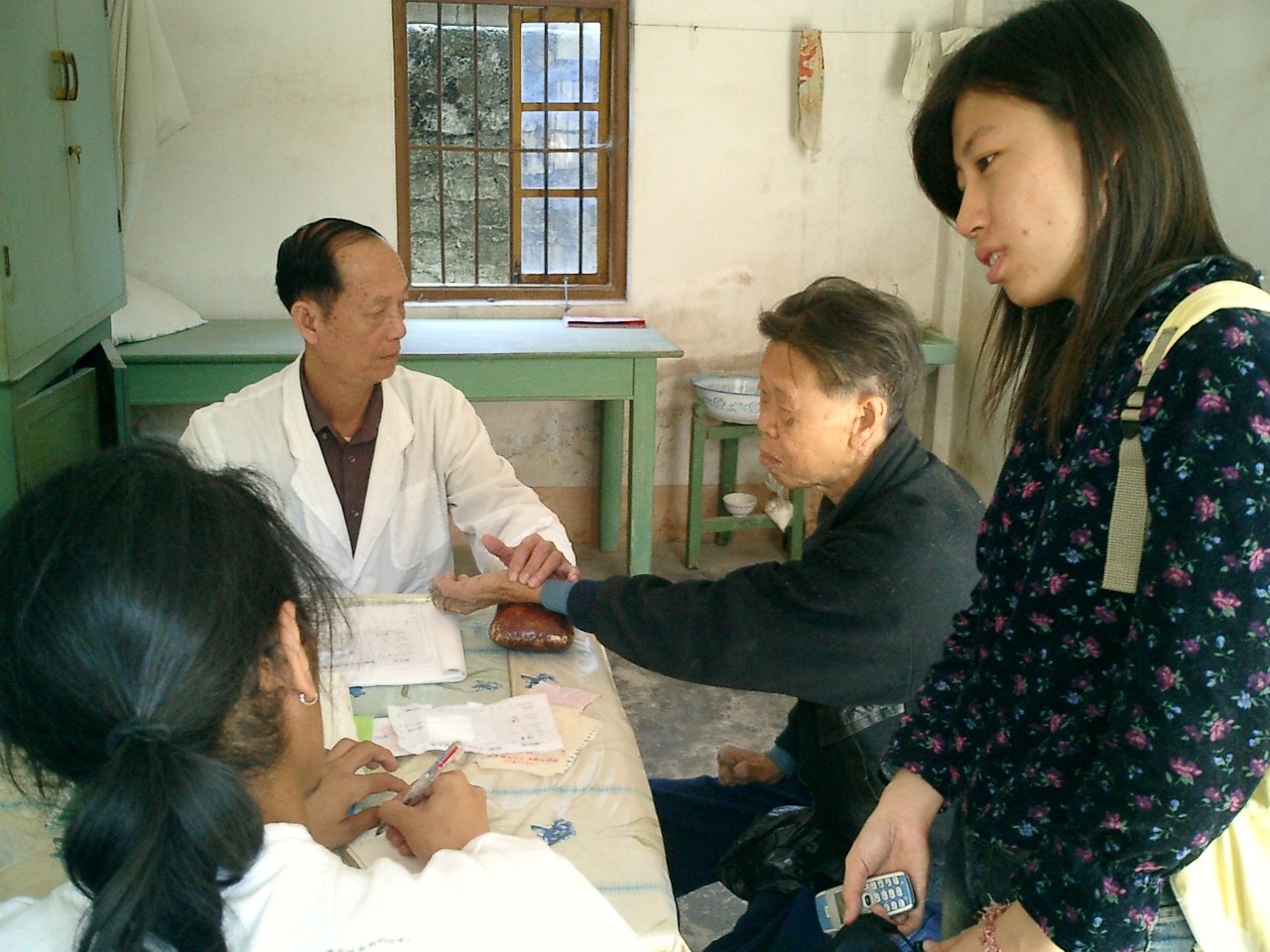
[Villagers’ unique activities]:
Empowered by work camp, some villagers start to raise activities to improve the life of the village by themselves, e.g.:
- Mr. OU adds visitors as friends of “WeChat” and gets social influence. Now local government cannot ignores him. He requested bills for 24-hour nursing to the government, and government agreed. Then the villager found a nurse through WeChat by himself.
- Mr. XU is happy to visit universities in Guangzhou and provides a lecture on his life experiences with leprosy as a part of the recruitment activities of the new volunteers for work camp;
- Mr. PENG draws and sells pictures and calligraphy to whom come to the village and buy electrical appliances to the other villages with severer condition.

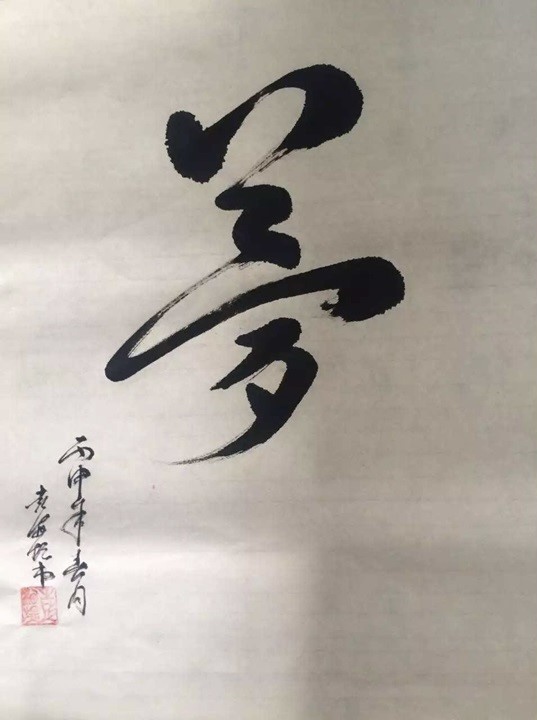
Evaluation Report on work camps: http://jiaworkcamp.org/en/article.aspx?newsid=1642&nid=&subnid=